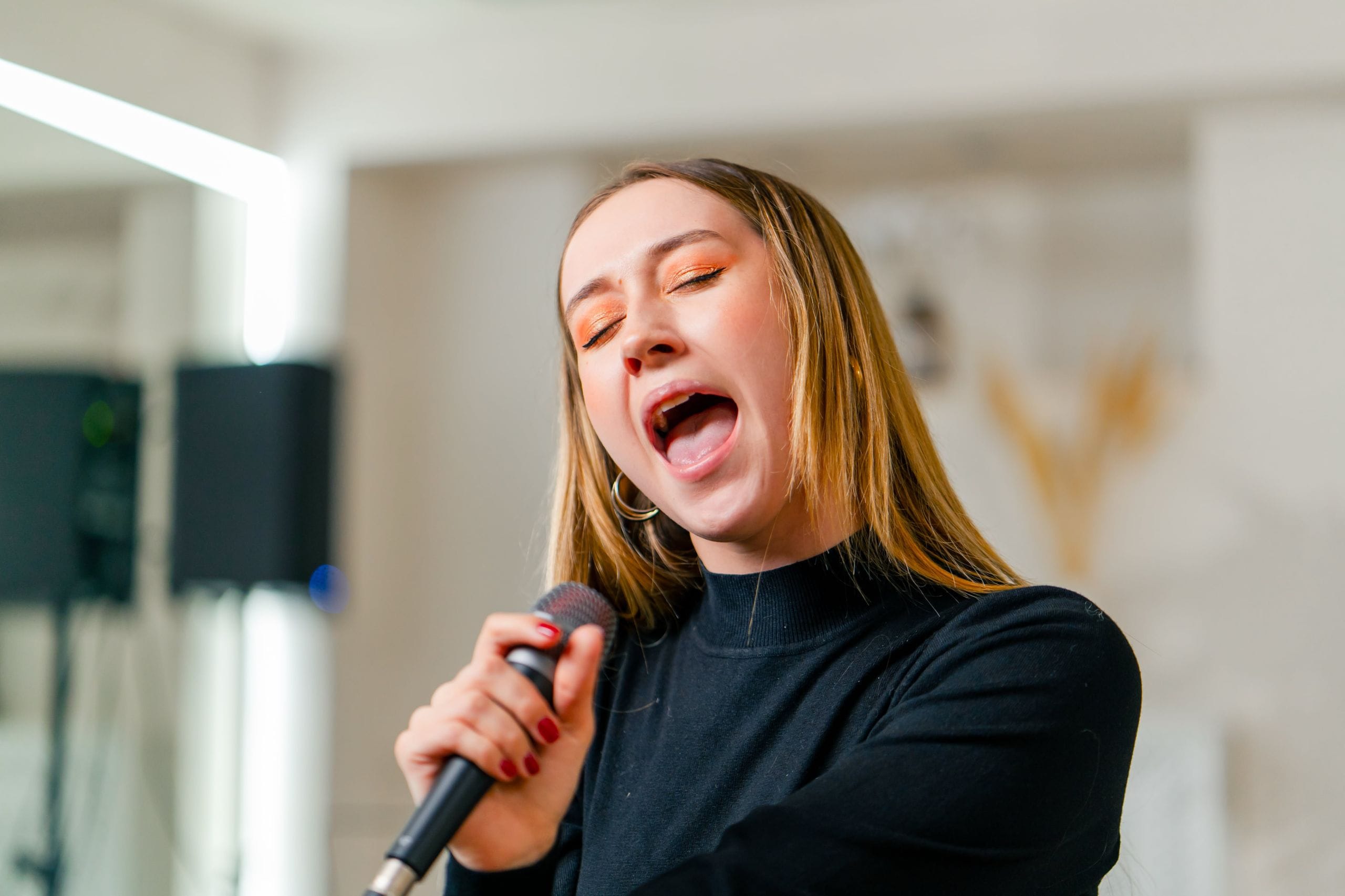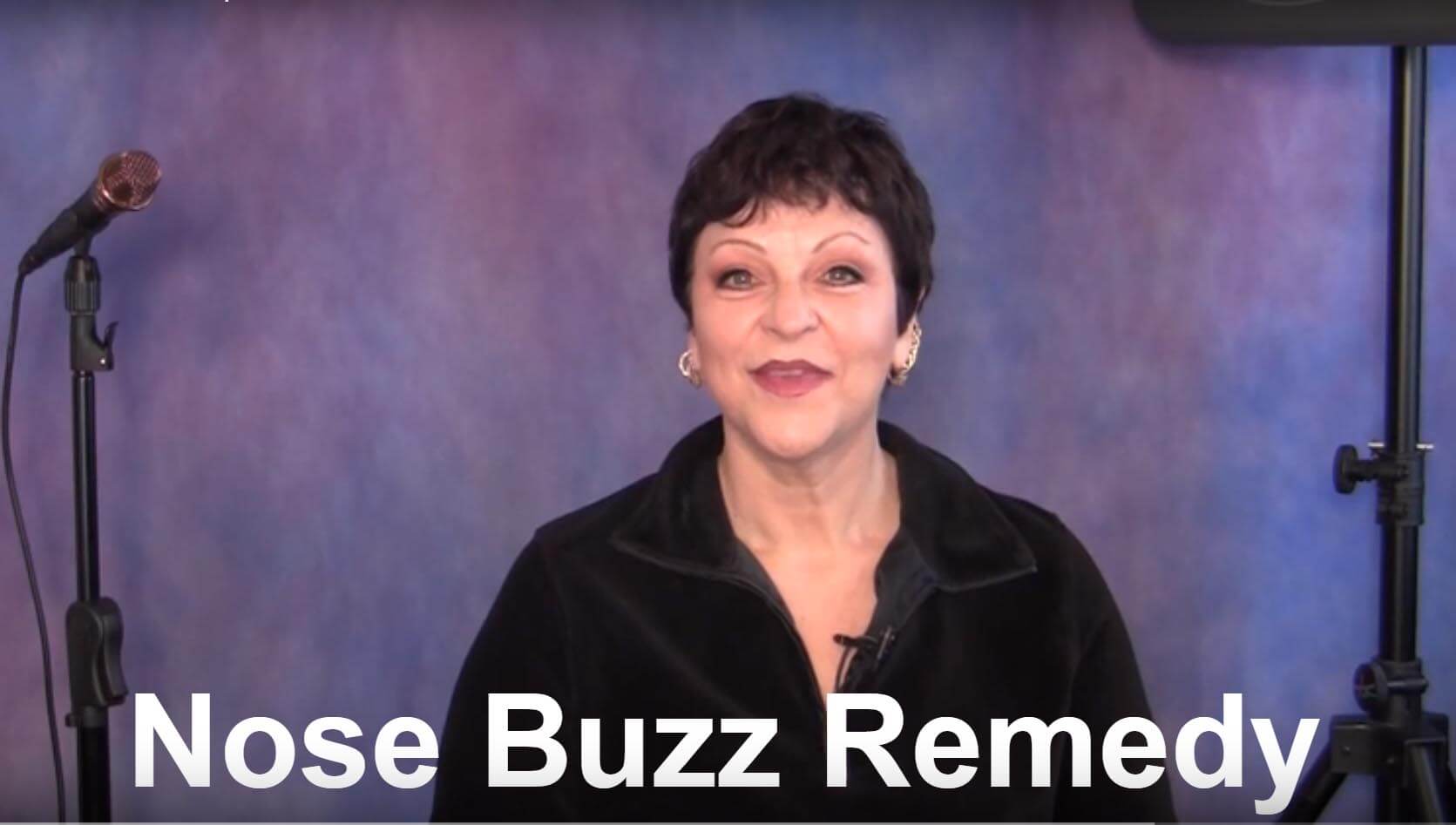By Jeannie Deva
The word vibrato is Italian for “vibrate.” Vibrato is a pulsating effect created during a sustained tone. Traditional singers use a slight wavering of the pitch to create these pulsations or vibrations. Contemporary singers use pitch vibrato but also create vibrato by a natural and subtle fluctuation of the volume of the note. Varying degrees of vibrato on sustained melody notes is quite common in songs. Since vibrato requires sustained tones, it can’t be produced during fast-moving or staccato notes.
Most singers have a natural vibrato when sustaining vowel sounds. The rhythmic pulsing of vibrato occurs normally as a result of the interplay between laryngeal muscles* and the air pressure under the vocal folds when a note is sustained. Air pressure under the folds triggers their vibration and also influences other muscles in the larynx. This healthy interaction of laryngeal muscles and the air stream is what produces vibrato.
If you don’t have a natural vibrato, it should help to know that vibrato tends to develop organically when poor singing habits are eliminated and replaced by technical development that awakens, aligns, and strengthens the natural performance of the singing voice.
More information about vibrato and the exercises to develop it can be found in Contemporary Vocalist Vol. One.
*Laryngeal muscles: Small muscles in the larynx that move your vocal cords. The larynx is your voice box and is located at the top of your windpipe (trachea). It is made of muscles and cartilage and houses your vocal cords.






Do you think it is possible that certain information with regards to human anatomy is being withheld ? (In reference to definition of the word ‘contemporary’, as used in naming of the course – as had Not thought of it in that way before reading that blog).